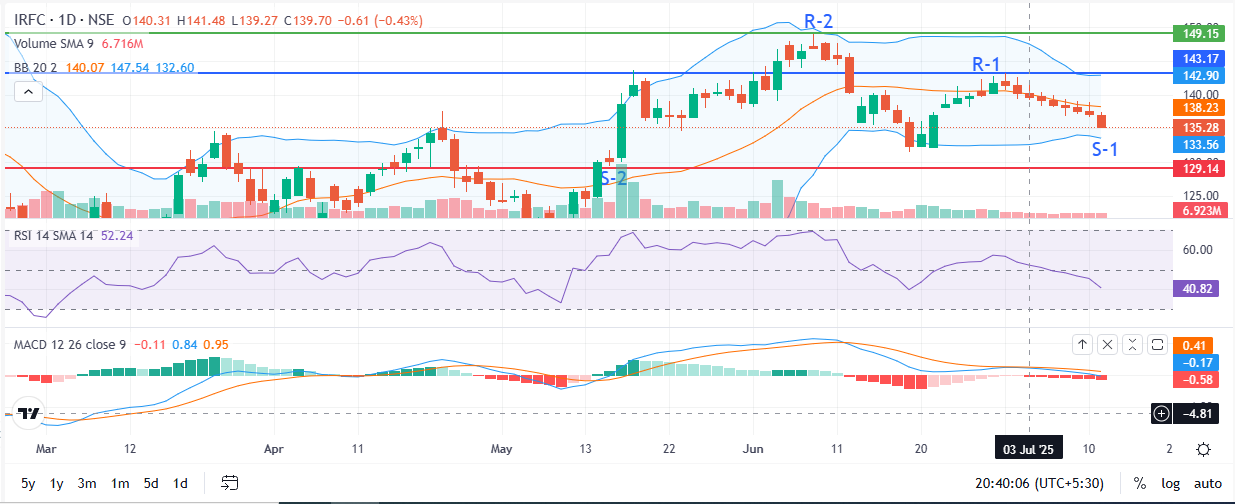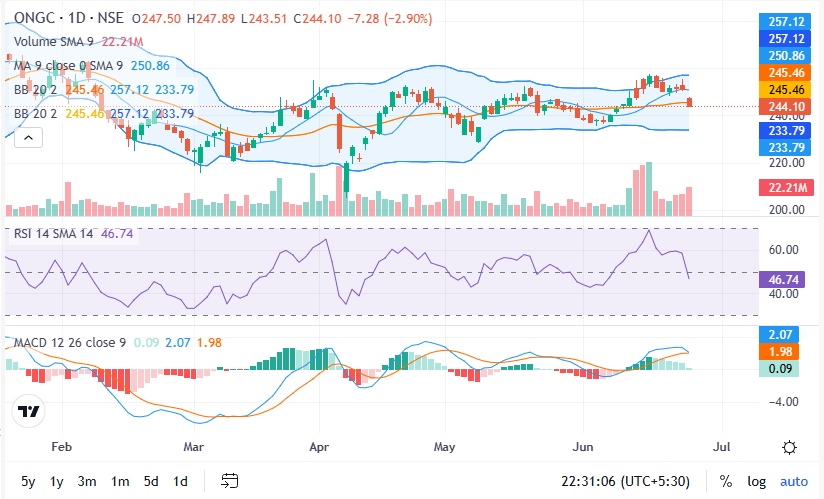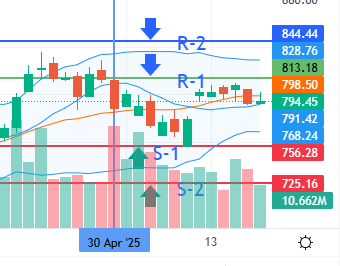Long-term investment is a timeless method that continues to be profitable in a world where market trends change daily. Building a carefully thought-out long-term portfolio is crucial for Indian investors hoping to accumulate wealth and become financially independent. A long-term strategy enables your investment to compound over time and withstand the ups and downs of the Indian stock market, as opposed to pursuing short-term gains or emotionally responding to market volatility.
In this post, we’ll look at doable, realistic strategies that Indian investors can use to balance risk, return, and discipline while maintaining alignment with their own financial objectives in order to build a strong long-term portfolio.
Why Create a Long-Term Investment Portfolio?
Consistent financial gain over a period of five, ten, or even twenty years is the main goal of long-term investing. Compared to active, high-frequency trading, it offers mental tranquility, reduces transaction costs, and makes use of the power of compounding.
For the majority of ordinary investors, a long-term strategy makes more sense in the Indian environment, where equities shares have historically provided higher returns over extended periods of time.
Timing is not as important as time in the market.
1. Clearly define your financial objectives
Setting goals is the first stage in creating a long-term investing portfolio. Consider this:
Do you have any retirement savings?
Do you wish to pay for your child’s schooling?
Are you accumulating wealth to achieve financial autonomy?
Every goal will have a distinct risk appetite and time horizon. Compared to a goal that is only five years out, a retirement goal that is twenty-five years out can afford larger exposure to equity shares.
🎯 Match your investment decisions to financial benchmarks.
2. Recognize Your Tolerance for Risk
Each investor has a different risk tolerance. While senior investors approaching retirement should think about safer instruments, younger investors with less liabilities may be able to afford greater exposure to stocks.
To find out how much risk you can tolerate, use online risk assessment tools or speak with a financial advisor.
Having a clear understanding of your risk tolerance will help you design your portfolio.
3. Vary Your Asset Class Portfolio
The secret to lowering risk is diversification. There are several ways to diversify in the Indian market:
Shares of equity (big, mid, and small-cap)
Mutual funds (ELSS, active, and passive)
Debt instruments, such as bonds, FDs, and PPFs
Gold (Sovereign Gold Bonds, ETFs)
Real estate or REITs
Foreign Funds (for exposure worldwide)
This combination shields your financial portfolio from market-wide or industry-specific shocks.
4. Pay Attention to High-Quality Stocks and Funds
Quality is more significant to equity shareholders than hype. Seek out businesses that have:
solid foundations
steady increase in earnings
Minimal debt
Effective leadership
For novices, index funds and blue-chip stocks are excellent choices. For hands-off investment, mutual funds with a solid track record and knowledgeable fund managers can also be a wise choice.
📊 Strong businesses, not trendy suggestions, are the focus of long-term investing.
5. Use SIPs to Invest Disciplined
You can invest a certain amount in mutual funds on a regular basis with Systematic Investment Plans (SIPs). They facilitate rupee-cost averaging, encourage financial discipline, and do away with the need to time the market.
SIPs aid in gradually reducing the cost of investment, particularly in the volatile Indian market.
6. Periodically Rebalance Your Portfolio
The performance of the market may cause your asset allocation to change over time. For instance, if stocks do well, they can make up a bigger portion of your portfolio than you had anticipated, which would increase your exposure to risk.
Rebalancing, which is usually done once a year, aids in returning your risk level and asset allocation to its initial state.
Rebalancing your portfolio helps you stay on course with your long-term objective.
7. Steer clear of emotional investing
Fear, greed, and market news can throw your plan off course. Your portfolio may suffer from emotional choices such as overinvesting during a bull run or panic selling after a market decline.
Despite any short-term disruptions, stay true to your long-term plan. Have faith in time and compounding power.
The real superpower of an investor is patience.
8. Remain Knowledgeable but Avoid Obsessive
It helps to be aware of policy changes, earnings seasons, and macroeconomic trends. However, checking your portfolio every day can cause worry and lead to rash judgments.
Plan evaluations for every three or every six months to maintain control without becoming reactive.
9. Investing with Tax Efficiency
To optimize tax benefits, use:
ELSS Mutual Funds for Section 80C tax savings
NPS and PPF for components of long-term debt
Indexation benefit for long-term debt mutual funds
Over time, effective tax planning can raise your actual returns.
10. Maintain a Long-Term Perspective
Bearish cycles, crashes, and corrections are all a part of the trip. When you have a long-term perspective, you avoid selling high-quality assets because of short-term volatility.
📉 Bear markets are chances to purchase more at reduced prices, not failures.
An example of a long-term, moderately risky portfolio allocation
| Asset Class | Allocation |
| Equity Shares / Mutual Funds | 50% |
| Debt (PPF, Bonds, NPS) | 30% |
| Gold / Sovereign Bonds | 10% |
| International Funds / REITs | 10% |
This sample is used as a benchmark. Your goals and personal risk profile should determine your actual allocation.
Concluding remarks
Maintaining a well-structured plan that is diversified across high-quality assets and in line with your objectives is more important than chasing the market when building a long-term investing portfolio.
You may take tiny steps toward financial independence and make them into huge ones if you have the correct attitude, time, and dedication. If you approach the Indian market with patience, understanding, and a long-term outlook, there are plenty of opportunities.
Disclaimer:
This article is for informational and educational purposes only and does not constitute financial advice. Investing in the stock market involves risks, and readers should do their own research or consult a qualified financial advisor before making any investment decisions. The views expressed are those of the author and may not reflect the opinions of this blog or its affiliates.




